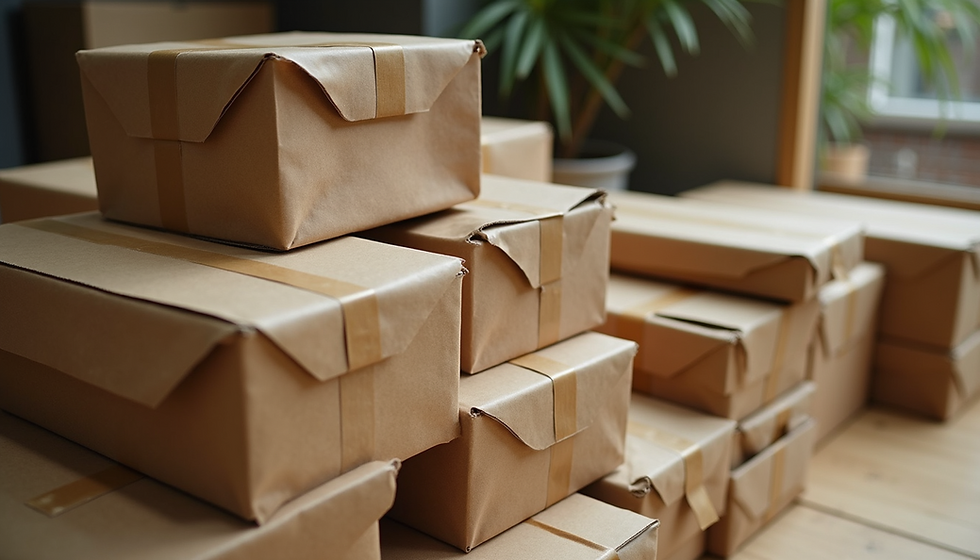Welcome to the World of BioViron
- BioViron International
- Feb 19, 2025
- 3 min read
Updated: Feb 20, 2025
From a toy to a global Composta revolution

In 2005, Bruce and Bev Bodio were working in the toy industry, where one of their products, Wet n Set, used cornstarch noodles for crafting.
One day, their manufacturer approached them with a proposal: could they develop cornstarch boards for transit packaging?
At the time, sustainability was an afterthought for most industries, and the idea of replacing plastics with truly biocompostable alternatives was seen as a distant dream.
But the Bodios believed otherwise.
“We knew the world was changing,” says Bruce Bodio. “The question wasn’t if industries would need sustainable materials, but when. We wanted to be ready before they realised they needed us.”
By 2006, the company had already begun developing a range of products, including BioViron™ Cool Boxes, electrical and medical packaging, and thermal insulation. It was a bold start, but not everyone was convinced.
“There were moments of doubt,” Bev admits. “Sustainability wasn’t a buzzword yet, and we were asking industries to change before they were ready. But we knew the damage plastic was doing. We had to keep pushing.”
That persistence paid off in 2007 when BioViron was named an authorised supplier to the Ministry of Defence, earning NATO codification for six of its product lines. Suddenly, a company that had started with a toy was now creating materials tough enough for military use. It was a pivotal moment - proof that sustainability and durability weren’t mutually exclusive.
Then came the breakthrough that changed everything.
In 2011, BioViron partnered with a global special effects company to develop a 100% biocompostable film - something that had never been done at scale in the film and TV industry. The result? A material that was not only biocompostable but commercially viable. The product hit the market and began selling worldwide, proving that sustainability could be both ethical and profitable.
“We weren’t just creating an alternative to plastic,” says Bruce. “We were proving that the future of packaging didn’t have to be a compromise. Businesses didn’t have to choose between protecting the planet and protecting their bottom line.”
This breakthrough set the stage for what came next: the expansion of BioViron’s product range into industries few had considered before.
By 2018, BioViron was not just a packaging company - it was an innovation hub. A major UK furniture manufacturer began shipping its products in CompostaFoam, a first for the industry.
Meanwhile, pharmaceutical giants started taking notice, leading to the development of custom biocompostable packaging designed specifically for medical applications.
This wasn’t just progress; it was proof that sustainability was no longer an option - it was becoming a necessity.
Then, in 2021, BioViron took another leap forward. CompostaBlock foam was launched, quickly adopted by the education sector, and even exported to Vietnam as part of a STEM initiative.
From packaging and furniture to medicine and education, BioViron was no longer just supplying eco-friendly materials - it was reshaping entire industries.
Today, BioViron offers a suite of fully compostable, plant-based materials, including CompostaFoam, CompostaFilm, CompostaForm, and CompostaBlock. Each one represents years of innovation, trial, and persistence - proof that a better alternative to plastic isn’t just possible; it’s already here.
“Our goal was never just to create a product,” says Bev. “It was to change the way people think about waste. Every business, every industry - everyone - has a responsibility to do better. We just want to make it easier for them.”
The world is finally catching up to the vision BioViron had nearly two decades ago. And as more companies move toward sustainability, one thing is clear: BioViron isn’t just part of the movement. They started it.
Want to be part of the future of sustainable materials?
Contact BioViron today and take the first step toward a greener tomorrow


